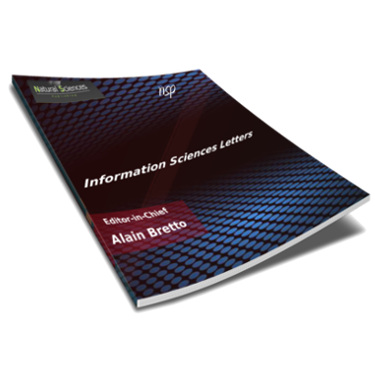
Information Sciences Letters
Abstract
This study aims to explore tourism supply and demand data before and after the Corona pandemic to determine the extent of the tourism sectors contribution to the gross domestic product in Jordan. It also aims to adopt tourism as an economic, media, and cultural interface that should be developed and sustained through specialized cadres in tourism work. The study relied on an analytical-descriptive approach. The Pearson correlation coefficient was used to study the relationship between tourism income and spending. The findings revealed a direct average relationship between the two variables before the pandemic, which was about (+0.55). In contrast, the relationship became stronger after the pandemic by about (+0.97), indicating the sectors rapid development. The study concluded that the tourism sector supported the balance of payments by supplying the state treasury with hard currency and increasing the national product. The geographical distribution of the sites of this sector provided tourists with access to its spatial diversity in Jordan. It also contributed to providing job opportunities directly through hotels, restaurants, etc., and indirectly by stimulating employment in activities related to the tourism sector, such as the industrial and agricultural sectors, which contributed to reducing unemployment rates to some extent and providing them with spatial and economic development, which necessitated preserving their sustainability.
Recommended Citation
Almayouf, Faisal
(2023)
"The Dialectic Relationship Between the Sustainable Development of Tourism and Economic Challenges in Jordan,"
Information Sciences Letters: Vol. 12
:
Iss.
7
, PP -.
Available at:
https://digitalcommons.aaru.edu.jo/isl/vol12/iss7/31

